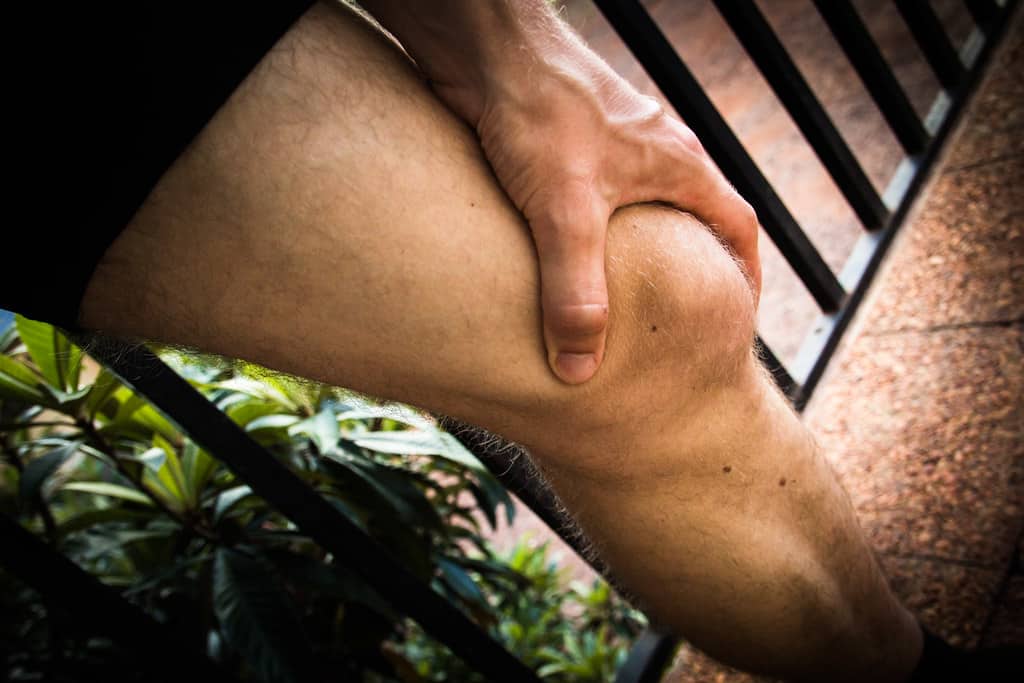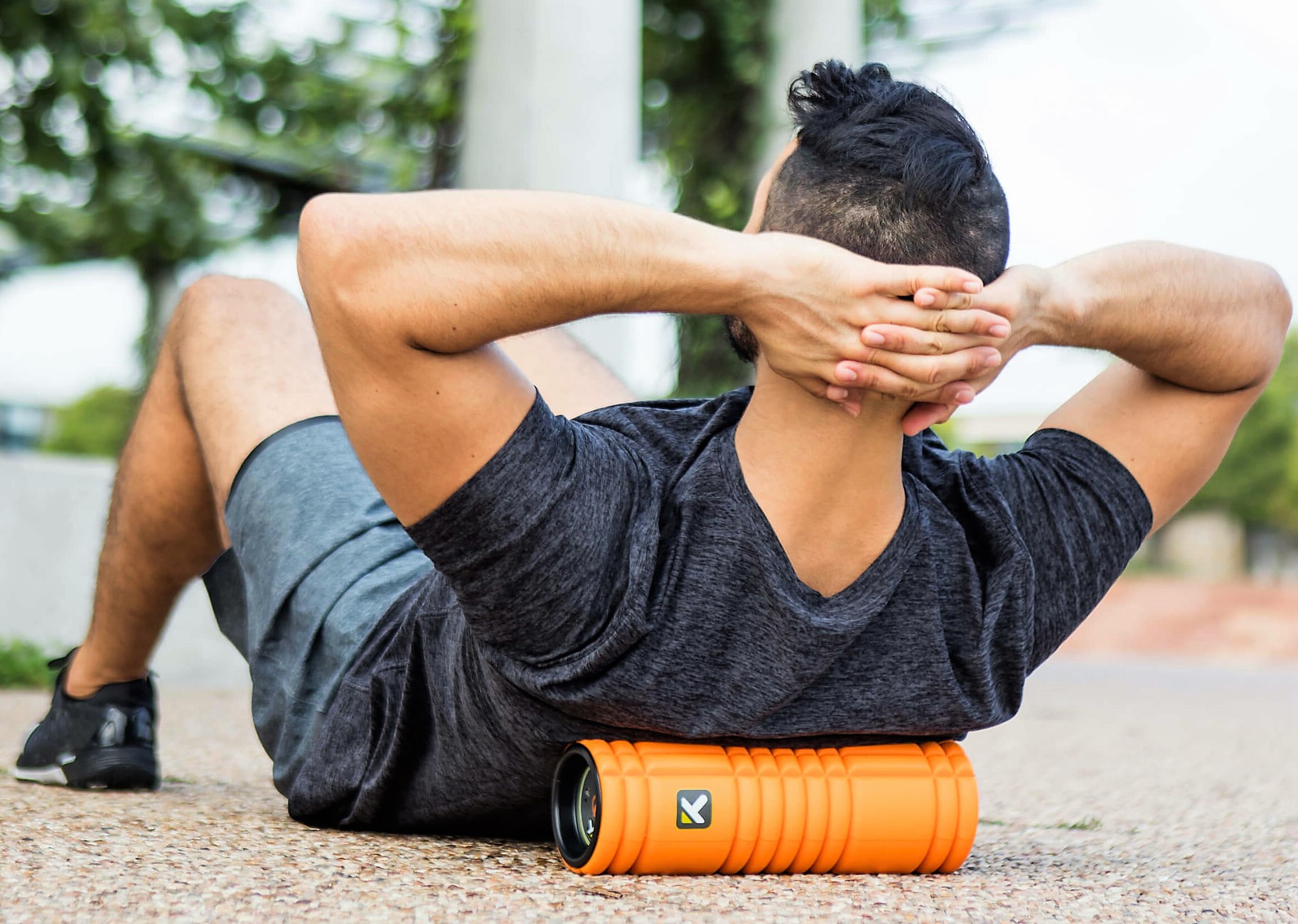Statistically, powerlifting injuries occur less often than weightlifting injuries among regularly training and competing athletes, and far less often than contact sport injuries (from football to boxing). However, they still occur. An avid powerlifter is statistically likely to get hurt at least once in a thousand hours of active practice/training, if not a little more than once. The exact odds depend on the sample size and study you want to choose, but there is enough research on the topic to suggest that 1/1000 are accurate, if not conservative odds. The highest odds place the risk of injury at about 4-5 instances of injury per 1000 hours.
Among those injuries, the three areas of the body most commonly injured during powerlifting are the spine, the shoulder joint, the hip, and the knee. Nearly all powerlifting injuries are joint injuries, although tendon and muscle tears also feature frequently among the bench press (pec tear) and deadlift (biceps tear) in particular.
Powerlifting injuries occur for a variety of reasons, but the most common one is a previous injury. Yes. Whether that injury was caused by powerlifting (in which case a major risk factor is just the training time you’ve put into the sport, as more time spent training = higher odds of getting hurt at a certain point), or from a different sport or activity, getting hurt once in an area greatly increases your chances of getting hurt in that same spot again. Training age (one’s experience), total age, strength level (i.e. beginner, intermediate, etc.), total volume, and competition frequency didn’t seem to change the odds very much. Men tend to get hurt more often than women, but that may be a sample size issue.
I’ve previously gone into great detail explaining what data we have available on injury rates and types of injuries in each of the three lifts: the squat, the bench press, and the deadlift. Any powerlift can be injurious, even with good form (though bad form certainly doesn’t help). But it’s also important to remember that injury rates in powerlifting are quite low compared to other sports, and it’s the nature of any sport to push one’s own limits, sometimes with deleterious effects.
Most injuries also aren’t career-ending, with the majority of them only forcing a change in training frequency and some rehab, rather than outright stopping training. The most broad definition of injury describes “an event that causes interruption in training/affects powerlifters’ training.“ Nevertheless, any aspiring lifter would do well to learn from these statistics, beware common mistakes, and take rehab and recovery very seriously if they’ve been hurt before.
The Most Common Powerlifting Injuries
The most common powerlifting injuries are either acute muscle strains or chronic pain caused by tendon overuse, in the shoulder, lower back (lumbosacral region), and knee. Powerlifting is an activity that places a lot of force on the body’s joints and tendons, although arguments can be made that it doesn’t place as much accumulative force on our tendons as an activity with a lot of jumping and high impact. Nevertheless, despite a lack of explosiveness, our body’s weak points still have a lot of force to withstand as we go through the motions of a squat, bench press, or deadlift.
Among the top three injury sites, you’ll notice that each one corresponds to one of the big three. Deadlifts tend to cause the most injuries, in no small part because they’re associated with the heaviest load, even though lifters tend to train this lift less frequently than the other two. Knee injuries are most often correlated with squat training, and shoulder pain is correlated with bench pressing.
Can You Avoid Powerlifting Injuries?
These injuries aren’t necessarily unavoidable for most trainees, but they may be more statistically likely for an athlete who pushes themselves. Even with perfect form, the deadlift mechanically induces some severe shearing forces on the spine, which can lead to overuse injuries over a long period of time.
While squatting through the full range of motion with appreciable resistance can strengthen the muscles protecting and supporting the knee joint, training under maximal load can risk damage to the meniscus and ACL joint, or cause patellar tendinopathy.
The shoulder girdle is quite fragile in humans, and in exchange for extreme mobility and freedom in the shoulder joint, the shoulder isn’t the most stable or strong joint. Even with proper precautions, high frequency bench press training and heavy loads can stress the tendons within the shoulder.
Aside from overuse injuries, acute injuries can occur for any number of mistakes. Not warming up properly, misjudging a jump in weight, misgrooving a lift, slipping on the bench, or any other number of potential mechanical or human errors can cause an acute injury to the knee, lower back, or shoulder.
Other common injury sites that shouldn’t be ignored include the hips (pelvic fractures and acetabular stress caused by deadlifts), tendon or muscle tears (during the deadlift and bench press, although a mixed grip can eliminate the risk of a biceps tear in the deadlift), and tendinopathy in the elbows (caused by squatting and bench pressing frequency) are some other common complaints among powerlifters.
Most Powerlifting Injuries Seem Minor
This sounds scary and all, but most of the time, these injuries do heal themselves. There are important exceptions. Total muscle tears and tendon tears are the scariest of all because they cannot be reversed without surgery. A partial rip or strain can heal itself as the tissue is still attached, just damaged – but a total avulsion of a muscle from its insertion on a bone requires surgery to reattach.
Other injuries, however, usually heal over time. That doesn’t mean that a bad knee or some lower back pain should make you go from pulling and pushing five times a week to becoming a couch potato. Active recovery, appropriate rehab, and a much-needed visit to a medical professional (ideally an osteopathic doctor or a sports medicine specialist) are all necessary to recover from minor and major powerlifting injuries.
Rehab Thoroughly If You’ve Had a Powerlifting Injury
If you’ve ever gotten hurt while powerlifting, remember where, when, and what kind of pain it was. Go to a doctor when you can afford to and learn to rehab the injury site if you can’t afford to. Remember to continue rehabbing your injuries even after they don’t hurt anymore. No longer feeling that pain in your left knee isn’t an excuse to stop doing unilateral work, quad isolations, and hamstring and glute exercises to strengthen and stabilize the knee. No longer feeling a pinch while you’re bench pressing is no excuse to stop thoroughly warming up before you lift.
It’s easy to get lazy and wonder if some of the rehab work you do is just a waste of time when you could be lifting. But you’ll wish you had kept on the ball once you reinjure yourself, which, as we know from the statistics, is sadly quite likely.
Want to lift heavier and avoid injuries? 💪🔥
Download our FREE '5-Minute Warm-Up Routine for Maximum Lifting Performance' and get primed for every workout!
Click below to grab your copy now!👇
👉 Download the Free Guide




